- Empty cart.
- Continue Shopping
Grumichama
Original price was: ₹1,350.00.₹875.00Current price is: ₹875.00.
Genus : Eugenia
The Zills Dark Cherry Plant is a remarkable addition to any garden. This exquisite cherry tree produces an abundance of sweet and juicy dark cherries that are perfect for snacking, baking, or making jams and preserves. With its compact size and beautiful foliage, it’s an ideal choice for small gardens or container planting. The Zills Dark Cherry Plant is easy to grow and requires minimal maintenance, making it a rewarding and delicious addition to your outdoor space. Start growing your own cherries and enjoy the fresh flavors right from your backyard.
Grumichama, also known as Eugenia brasiliensis, is a fruit tree species native to Brazil. It belongs to the Myrtaceae family and is grown primarily for its small, cherry-like fruits that have a sweet and tangy flavor.
The Grumichama plant is a slow-growing evergreen tree that can reach up to 10 meters in height. Its leaves are glossy, dark green, and leathery, and its flowers are small, white, and fragrant. The fruits of the Grumichama plant are usually 2-3 centimeters in diameter and have a shiny, dark purple-black skin. The flesh of the fruit is juicy and contains one or two small seeds.
Grumichama is consumed as a fresh fruit, and its pulp is often used to make jams, jellies, and desserts. The fruit is also used in traditional medicine to treat various ailments, including diarrhea, fever, and respiratory infections. Its leaves are also used in traditional medicine to treat skin conditions.
The Grumichama plant is easy to cultivate and is grown in various parts of the world, including South America, Africa, and Asia. It prefers a warm and humid climate and is tolerant of a wide range of soil types. The plant requires regular watering and can be propagated from seeds or cuttings.
The Grumichama plant is an important source of food and income for many small-scale farmers in Brazil. The fruit is also gaining popularity in the global market due to its unique taste and health benefits. It is rich in vitamins, minerals, and antioxidants and has been shown to have anti-inflammatory and anti-cancer properties.


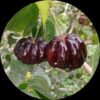
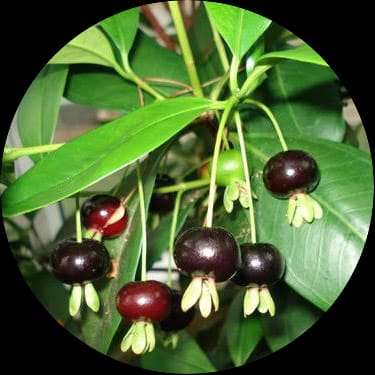
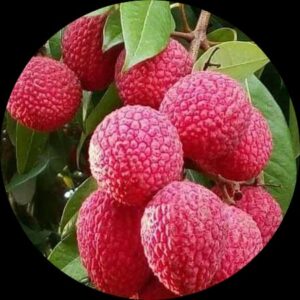
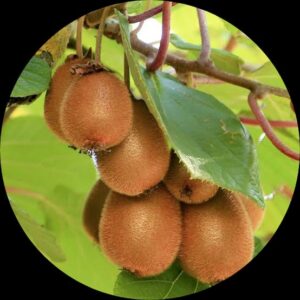

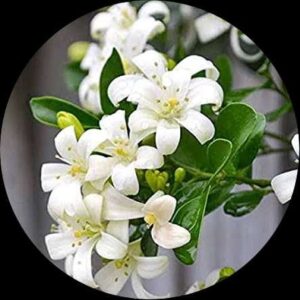
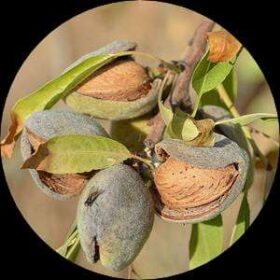



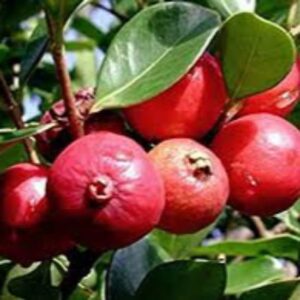

Reviews
There are no reviews yet.